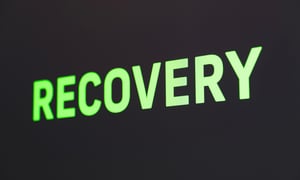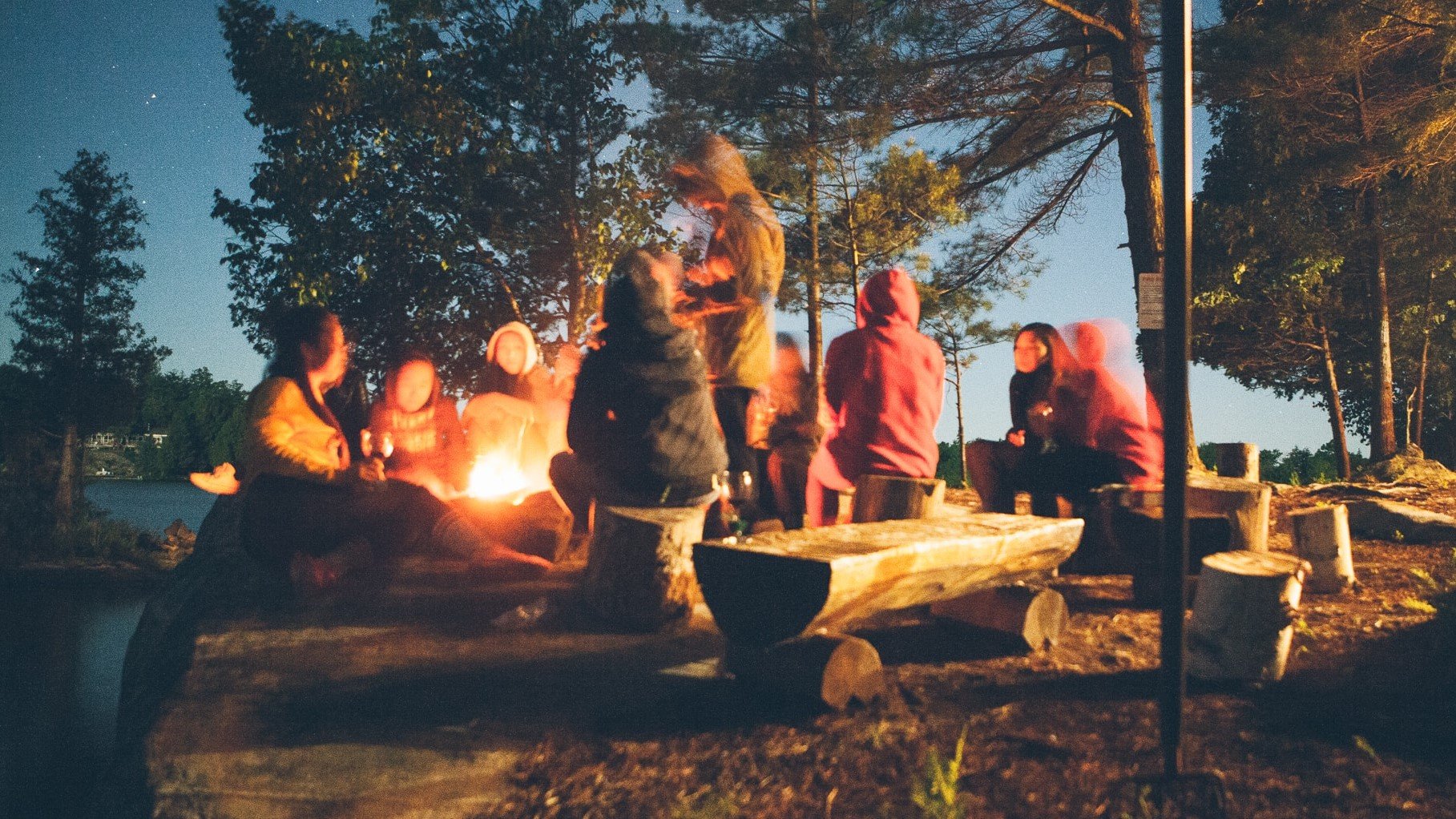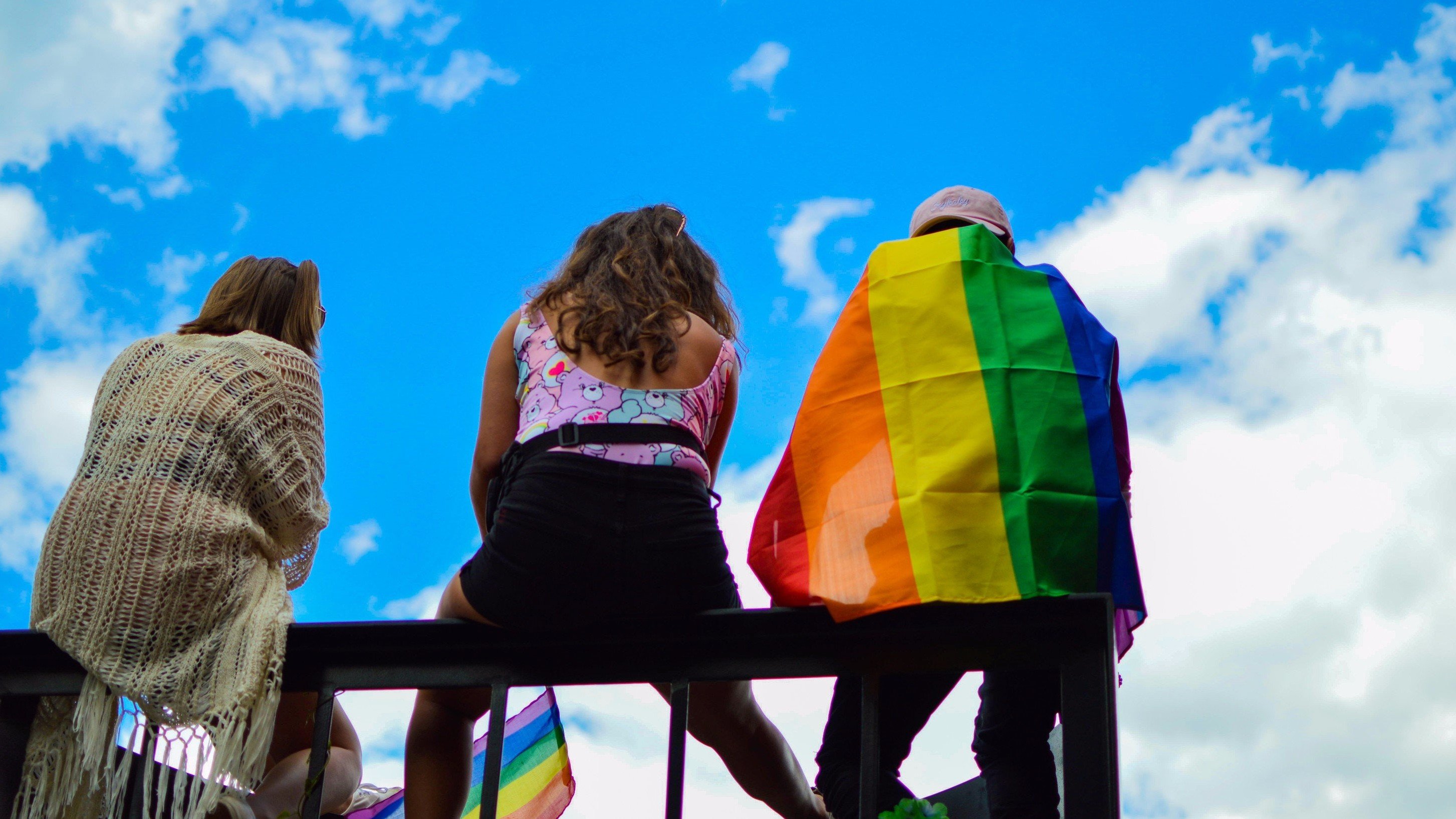 As cities respond and recover from the COVID-19 pandemic, there is an opportunity to build back better—to centre recovery efforts on improving the outcomes for our most vulnerable citizens, our civic life, and our planet.
As cities respond and recover from the COVID-19 pandemic, there is an opportunity to build back better—to centre recovery efforts on improving the outcomes for our most vulnerable citizens, our civic life, and our planet.
These 10 Ideas were co-created by thought leaders and staff, and form part of a larger guide showcasing ideas, stories and resources for engaging the whole community through COVID-19 to work together for collective impact.
The full guide 10: A Collective Impact Guide for a Community-Based COVID-19 Recovery will be released later in the Fall.
1. Don’t let this crisis go to waste!This pandemic shook the foundations of society. In environments that are traditionally slow-moving and bureaucratic, we have proven that we have the capacity for action, that immediate responses are possible, and that we can quickly pilot promising ideas and pivot our work to respond to community needs.
Tim Brodhead shared in his article, On Not Letting (Another) Crisis Go To Waste that this is our opportunity to learn, adapt and innovate. Let’s not try to return to ‘normal’. Instead let’s build back our communities to correct the structural flaws that this pandemic has laid bare.
To do this:
- Funders should continue to provide flexible funding agreements, investments in people, and long-term commitments to communities
- Governments should continue to strengthen the social safety net by providing relief directly to people, and see non-profits as essential services for rapid response
- All organizations should continue to use their assets to adapt and innovate
Let’s do more than recover. We can address the deep disparities of equity and race, end poverty, combat climate change, and address loneliness and isolation. Let’s be aspirational rather than return to the status quo that did not work for most people and our environment.
Put people at the centre: Right now there is an increased awareness of equity and human rights. Use this momentum to ensure diverse representation—centering the voices of lived experience including Black, Indigenous, People of Colour, and Youth—in the conversations that are had and when rebuilding our cities’ structures.
Keep a gender lens prominent through all rebuilding efforts: COVID-19 is a gendered emergency where women are more greatly impacted—the she-cesssion, women in low wage jobs, domestic violence, transit users, primary child care providers, etc.
Reset what we are valuing as markers of success: Build on Indigenous worldviews to think long-term and be accountable to our future generations and our planet. Use the Doughnut Model that considers both social justice and planetary boundaries to re-think the concept of economic development to set a vision for an equitable and sustainable future.
Embrace a multi-solving approach: Tackle interrelated problems in a multifaceted way to build solutions that deliver multiple community benefits.
The COVID-19 pandemic is proving to be a long emergency. In emergent situations we need to learn as we go. We need to take in information from our global community to learn from what is happening ‘out there’ and combine that with our shared local knowledge of what is needed ‘right here’.
We need to partner—the City, community partners, businesses, and community members—for collective learning and a shared response. Create the environment for authentic collaboration, focusing on eliminating competition and building trust. There is room for everyone to contribute. Once we have responded, we need to turn and learn from our actions—what happened, what else is needed, what should we do differently? Working in emergence might be a new skill set that needs to be developed.
The actions that we take at the city level have a global impact. We see this with the COVID-19 pandemic, with the environmental crisis, and with systematic racism. It is not the time to be passive or to think and act in isolation. It is the time to act boldly, learn, and share. Commit to taking the necessary steps as a city within a global community to build solidarity and lessen the future impacts of the coming crises.
Spend time talking with your community to learn about how they have been personally impacted during the pandemic. Hearing personal stories connects us to issues and to each other in a way that is more meaningful than data alone. Engaging in dialogue allows for reflection, learning, relationship-building, connection, solidarity, and mutual support.
Avoid making assumptions or choosing for the community what is most important. Expand perspectives by learning from others about their experiences and noticing what is shared and what is unique. Create space for community members to offer insights and solutions.
Document the stories and the journeys and use it to see what’s possible.
Create mechanisms for community dialogue by:
- Inviting story sharing on social media or through a collaborative platform
- Hosting small group conversations through back yard talks (the COVID version of kitchen table talks)
- Inviting focused dialogue during existing gatherings like virtual neighbourhood meetings or physically distanced sing-a-longs
- Hosting an open community conversation or guided visioning process to understand key impacts and brainstorm ways to create change now and in the future
- Setting up Social Innovation Labs with diverse stakeholders to ideate and prototype solutions for key social issues
- Building a Community Plan - start by listening to each other, learning about what is most important to residents, then using this as a guide to all city planning, servicing, and program delivery.
Inviting your community into dialogue shows that you care—about each person and their unique situations—and are invested in working together.
At the height of the pandemic two contrasting forces aligned. First there was a strong central authority asking people to stay home, to close business and all public places. Second, there was a surge of people organizing to share information, to support one another, to learn together, to create ideas, sew masks, bang pots, feed medical workers etc.
As we create plans for building civic life through COVID-19, consider ways that we might harness community activity. How can we create space for community members to share their ideas and time? How can we support citizen action? So often when planning from a central place—like city government—we are trying to “do for” the citizens of a community. Instead, consider strategies that “do with” citizens, or better yet, create spaces and encourage ideas from neighbourhoods so that they are empowered to “do on their own”.
By developing an approach which values citizen action we are able to harness the many local assets present in a community. Consider asset mapping by asking people from all walks of life to share what gifts they have to offer. Then find ways of linking these gifts to projects.
We can have a central plan that is implemented in a decentralized way. By supporting and mobilizing citizen action we build social capital and human capacity which are valued assets both during a pandemic and in pursuit of a sustainable city.
Take stock of all of the new ways we connect with each other and how quickly these changes happened: Workplaces became remote, community members are using social media and community platforms to mobilize, family and friends are connecting through virtual meetups, and services that were purely offered in-person are now online.
This pandemic has proven that access to communications needs to be a human right. Cities can take action to ensure citizens have access to healthy and equitable information ecosystems including:
- Expand access to the internet and necessary technology
- Improve technology literacy by developing the necessary skills to navigate virtual environments in a safe and secure way
- Provide timely and easy-to-understand information from credible and trusted sources with appropriate alert systems
- Proactively address virtual burnout, fatigue, and mental health issues that are compounded in an online world
Cities have an opportunity to be the trusted source for community members. Commit to communicating well, communicating differently, to simplifying information, and engaging meaningfully.
Build on the shifting worldviews that the pandemic has created and consider the policy changes that were quickly implemented during COVID-19. Advocate for making these “pilot” changes permanent.
How might we debrief the people of our community to understand the changing mindsets that arose during the pandemic? How do we hold on to the empathy that was shared and the ensuing policies that evoked shared responsibility?
Things like, valuing support workers, grocery store employees and garbage collectors. Making transit free, providing a sustaining wage for those who could no longer earn an income, and finding innovative solutions to homelessness so that everyone could practice social distancing. These changes were widely accepted, highlighting the shifting worldview.
As one of our contributors stated, “COVID is a wake up call for cities, who while they struggle with an outdated fiscal framework, are stepping up to pivot and explore actions and initiatives they never would have considered, and carrying this out rapidly. This ability to be agile and take action can't be unseen. It is a wake up call for citizens too, who now know that change can be accomplished quickly and that governments can make it happen. They know they can do it”.
Build upon your community’s assets. Consider the notion of radical localism in order to build a circular economy that addresses interconnected issues such as poverty and climate change. Think of neighbourhoods as local circular economies—sourcing what we can at a neighbourhood level, supporting local businesses, employing local people. Radical localism is also about solving local problems with local solutions, empowering those closest to the issues to share their knowledge and work together to leverage community assets.
A human-centered approach considers a sustainable communities framework—seeking to build economic, social, human and environmental health. It promotes social equity and evokes multi-sector citizen participation in both planning and implementation.
We can look at our recovery as a problem that we need to overcome, or we can choose to consider the strengths of our community and the assets people have to share, to consider how these can be utilized for the common good. It is important that we consider that we are building a future for our children. This type of forward thinking gets us out of a reactionary crisis mode and into a proactive building mode.
9. Reinforce collaboration over competition. Embrace a collective impact approach
During the pandemic we have seen people working together, setting aside individual interest and putting the communities’ needs first. When we work together for a shared purpose, we can do more than any of us alone. Let’s harness these cooperative leadership skill sets that advance collaboration and continue to work across sectors in productive ways.
Collective Impact uses the support of a backbone infrastructure to help many people to work together toward a common agenda. This approach is used to address complex and stubborn community issues by enabling large-scale systems change. With a common agenda comes a shared measurement of those things we really want to see changed. Through mutually reinforcing activities and continuous communication, communities can work together aligning government, business, charities and the needs of citizen action groups toward a collective outcome.
During the COVID-19 crisis we seldom relied on institutions or formal systems to support us where we lived. They were on standby in case of an acute crisis to offer shelter, food, or care, but for the majority of people it was neighbors and family members that went grocery shopping for those in need. Friends united to combat loneliness, to help people make sense of what was going on, and to encourage each other to stay true. It was a sense of citizenship (with good advice from the institutional experts) that kept people at home.
We do need formal systems during emergencies, but we also need knowledgeable and prepared citizens. This will not be the last pandemic our communities will face, and it certainly will not be the last disaster. Let’s be ready for the next emergency by building recovery plans that recognize, and provide training for, the citizen role as a key first responder.
Connect back later in the Fall to access the full 10 Guide featuring inspiring stories and helpful resources to guide your city’s recovery.
Learn More





